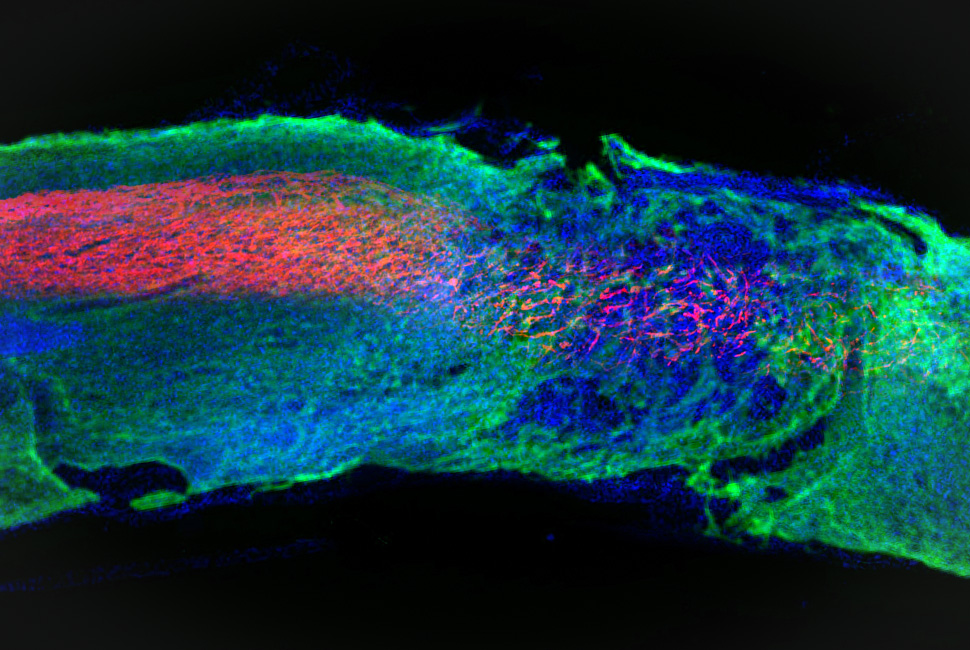
Heightened levels of two proteins located on the surface of breast cancer cells were linked to increased tumor resistance to radiotherapy treatment, according to a study published in Nature Communications.
The findings, co-authored by Gayle Woloschak, PhD, professor of Radiation Oncology and Radiology, suggest that targeting the proteins CD47 and HER2 may help eliminate radioresistant breast cancer cells altogether and enable more effective radiotherapy treatments for patients.
“This might produce a means of being able to radio-sensitize — to be able to make tumor cells be more easily treated with radiation,” said Woloschak, who is also a co-leader of the Cancer and Physical Sciences (CAPS) Program at the Robert H. Lurie Comprehensive Cancer Center of Northwestern University.
Radiotherapy, a common treatment option for patients with breast cancer, uses ionizing radiation to directly target and eliminate malignant cells while generally presenting less side effects than chemotherapy. The downside to radiotherapy, however, is that while it can be enhanced with immunotherapy — a form of cancer treatment that enhances the body’s immune response to fight off cancer cells — radiation can actually make tumor cells more resistant to treatment overall.
Previous studies have found that a coordinated transcription of both CD47 and HER2 occurs in radioresistant breast cancer cells after radiotherapy treatment, but the exact mechanisms behind this have remained poorly understood, according to Woloschak.
For the current study, the investigators utilized mouse models of triple-negative breast cancer, an aggressive type of breast cancer that usually doesn’t respond well to treatment. From these mice, the team then extracted proteins from the radioresistant tumor cell lines for analysis.
In these cells, the investigators found that CD47 inhibited phagocytosis — a process in which macrophage immune cells consume tumor cells and other invasive pathogens in cells — by binding to a protein called SIRP-alpha located the surface of macrophage. Furthermore, this was upregulated with the HER2 protein.
To determine whether removing both proteins would increase radiosensitivity, the investigators used CRISPR gene editing technology to remove both CD47 and HER2 from the tumor cell lines. Doing so not only inhibited the tumor cell’s ability to replicate, a process known as clonogenicity, but also enhanced macrophage-mediated attack on the tumor cells, according to the authors.
Overall, a “dual blockade” treatment that involves targeting and eliminating CD47 and HER2 in radioresistant breast cancer cells may help patients who are extremely resistant to radiotherapy more responsive to treatment, according to the authors.
“If we can somehow target the CD47 pathway or the CD47 protein and knock it out, we’ll make the cells more sensitive to radiation,” Woloschak said.
As for next steps, Woloschak said that the team is interested in examining the effect of proton treatments, a precise form of radiotherapy, and an experimental radiotherapy called FLASH, which administers radiation at an ultra-high dose rate, in animal models of breast cancer.
“We have reason to believe that these treatments might be extremely effective here,” Woloschak said.
This work was supported by the National Institutes of Health grants RO1 CA213830 and CA224900, the University of California Davis Cancer Center Cancer Immunology Pilot Grant, and the National Cancer Institute grant P30CA093373.






